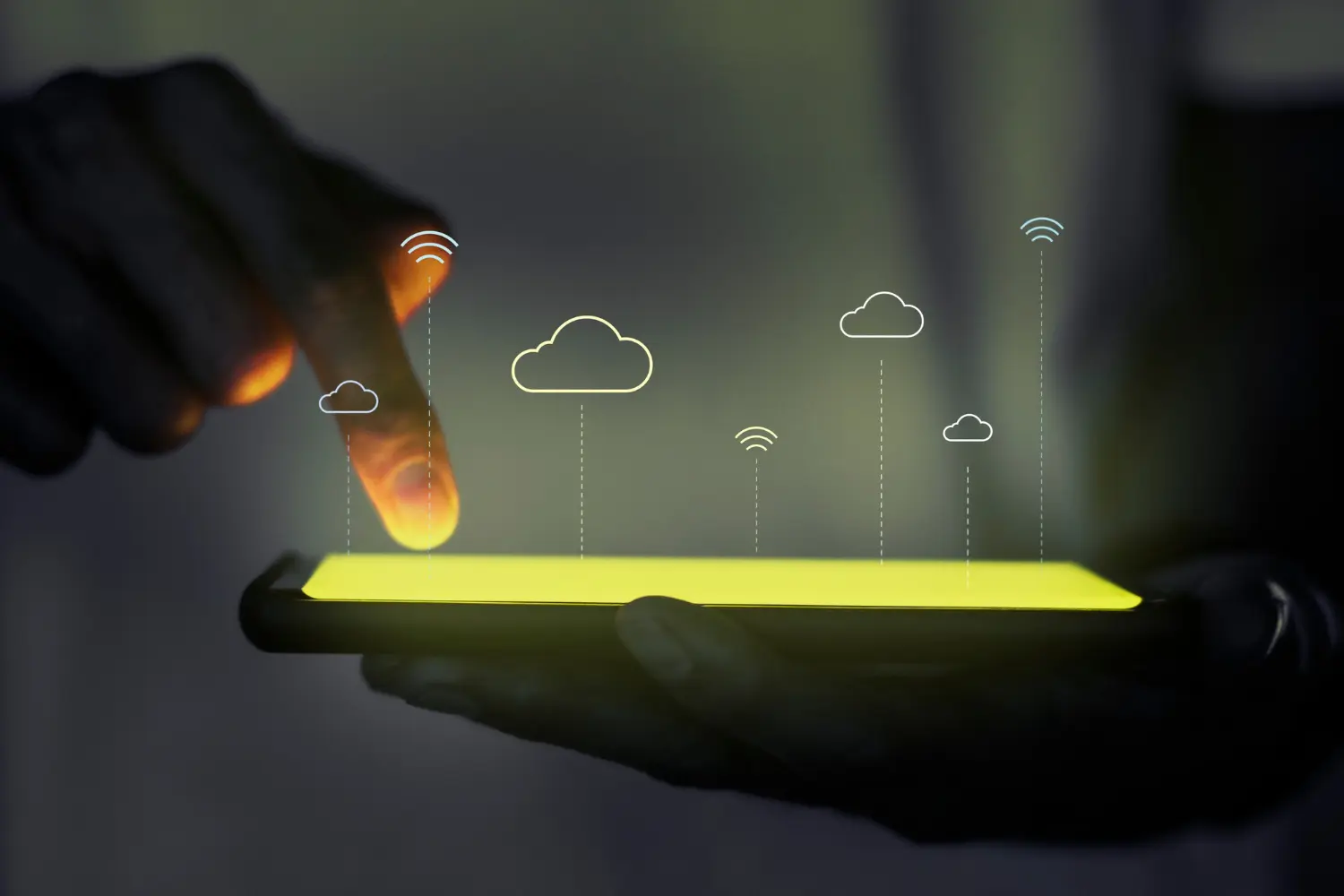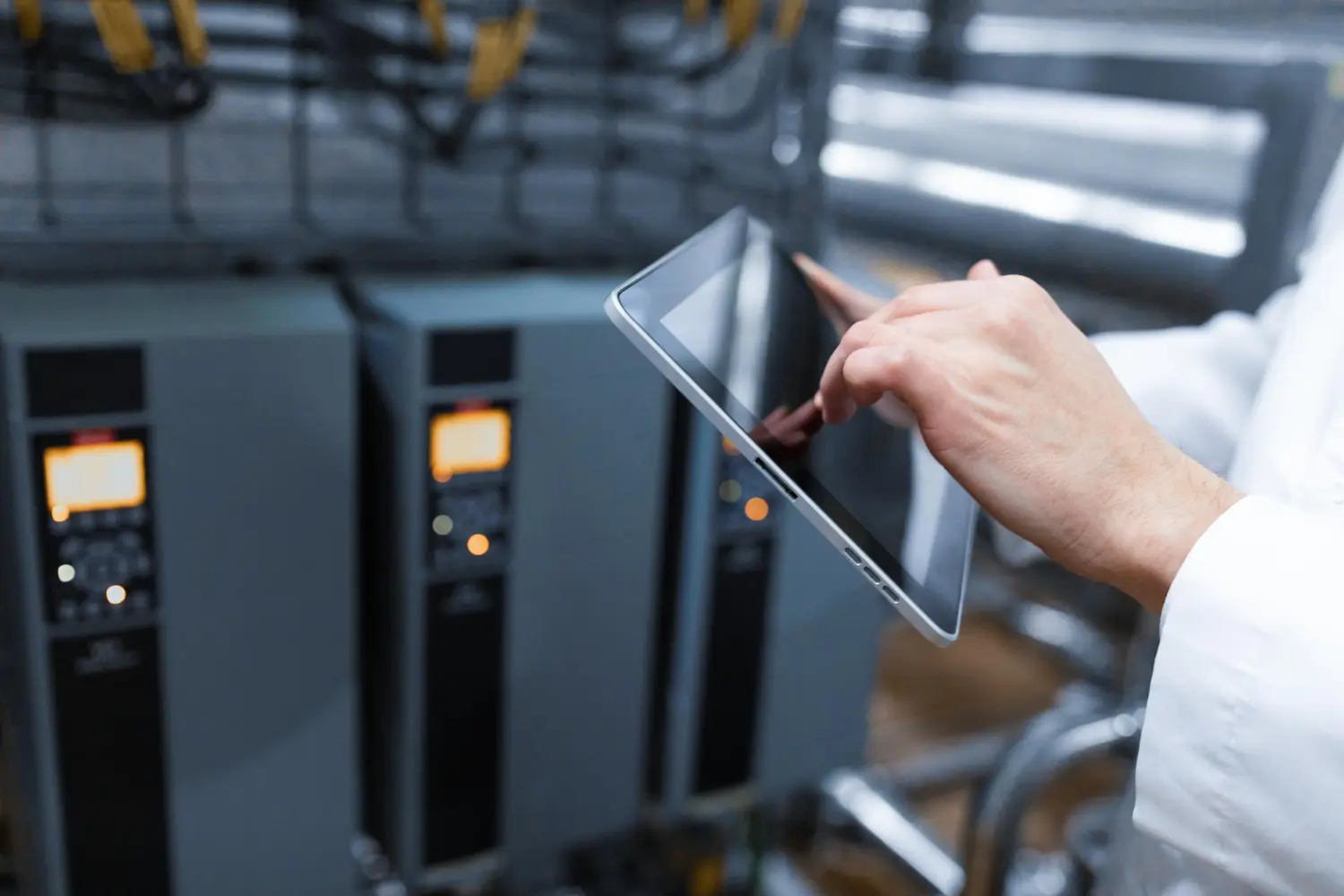Imagine visiting an eCommerce site and being able to view a highly detailed digital twin of a product, such as a piece of furniture, without waiting for a large file to download. With pixel streaming, this is possible. One example of this is on an ecommerce website in which a customer can click on a link to view a couch. The server renders the couch in real-time and streams it to the user's device, where it is displayed instantly. This seamless interaction allows users to explore the product in high definition and from all angles without needing powerful hardware.
Understanding pixel streaming
Pixel streaming is a process that delivers graphical data in real time from a cloud server to a client's device. The user’s device only needs to decode the data, significantly reducing the need for powerful local hardware, and puts all the processing power requirements on the businesses website. This service is especially useful for running applications that require strong hardware, such as gaming, virtual reality (VR), and 3D visualizations.
Pixel streaming services function by rendering the necessary graphics on a remote server. This server then compresses and transmits the visuals to the user's device. The device, in turn, decodes and displays this data, enabling real-time interaction without the need for substantial processing power on the user's end. This approach ensures that users can enjoy high-quality graphics on any device, regardless of its inherent graphical capabilities.
How does pixel streaming work?
Pixel streaming involves a series of steps to create a flawless user experience. Namely, these steps are the following:
The user sends inputs (e.g., keyboard or mouse commands) to the remote server.
Server rendering
The server processes these manual inputs and renders the required graphics. For example, if a user presses a key to move the camera forwards, the server would then render the graphics of the camera in a forwards position.
Data compression
The rendered frames are compressed and encoded. This is done offsite, meaning processing time is largely unaffected by the user’s hardware.
Data transmission and decoding
These frames are then sent back to the user's device. The user's device then decodes and displays this data, allowing for real-time interaction.
This process allows for the seamless streaming of high-quality graphics and complex applications. Users only need a stable internet connection and a device capable of decoding the streamed data. This setup significantly reduces the hardware requirements on the user's end, making it easier for more people to access advanced graphical content.

Benefits of pixel streaming
Pixel streaming offers numerous advantages over WebGL and other on-device rendering options. Namely, these advantages lie in moving the load of rendering off client devices onto businesses devices, which allows greater control over user experience and fidelity.
Accessibility
Pixel Streaming allows users to access high-quality applications without needing powerful local hardware. This means users can run graphically intensive programs on devices like tablets and smartphones. This broadens the accessibility of complex applications, making them available to a wider audience regardless of their device specifications.
Cost savings
By offloading data processing to a cloud server, pixel streaming services save users from costly hardware upgrades. Businesses and individuals can avoid the significant expenses associated with maintaining high-performance local hardware, making pixel streaming an economical choice for both personal and professional use.

With data being processed and transmitted in real-time, users experience faster loading times and minimal latency. This leads to a smoother user experience. The real-time rendering on powerful servers ensures that even the most complex applications run efficiently.
Security
Processing data on remote servers enhances security by keeping sensitive information off local devices. This reduces the risk of data breaches and keeps user information more secure. Pixel streaming leverages cloud security measures, adding an extra layer of protection.
Key industries that utilize pixel streaming
In 2023, a GMI study found that digital twins have a market size valued at USD 9.9 Billion. Various industries currently take advantage of pixel streaming in creating digital twins. In the field of interior design, for example, pixel streaming allows designers to present their projects in a highly realistic and responsive manner. Clients can interact with the designs in real-time, applying and viewing changes and modifications without waiting for large files to download. This improves the client experience and speeds up the design process, ultimately shortening sales pipelines.
Architecture also benefits significantly from pixel streaming. This technology facilitates real-time virtual collaboration and client presentations. Architects can make live changes to their designs and immediately share these updates with clients and team members. This leads to more efficient project execution and better communication among stakeholders.

The automotive industry finds pixel streaming particularly useful. Engineers and designers can share detailed prototypes and car configurations with ease. This technology is also optimized in car configurators on websites, providing customers with a faster and more interactive experience, allowing them to create their dream car, paint job and all, in an active and fun way.
In the retail sector, pixel streaming is transforming the shopping experience. Retailers, especially in the fashion and furniture sectors, can offer detailed, fully immersive views of their products. This technology supports augmented reality (AR) functionalities, allowing customers to visualize products in their own spaces. This enhances the shopping experience and aids in decision-making.
Finally, the gaming industry stands to benefit immensely from pixel streaming. By eliminating the need for large downloads and installations, it simplifies game access. Chiefly used in services like GeForce Now and Xbox cloud gaming, the technology promises fast, responsive off-device game streaming, allowing any user to play all of their favorite games, no matter how graphically intense and out of reach. This ultimately improves user satisfaction.
How to effectively implement pixel streaming
Effectively implementing pixel streaming involves several steps:
-
Determine needs: Identify the specific needs of your use case, such as gaming, VR, or as an additive sales tool.
-
Choose the platform: Select a suitable platform and test its performance. Ensure the platform is scalable enough for your business, and offers a competitive price for their cloud services.
-
Optimize content: Ensure content is optimized for streaming to provide a seamless experience. Most pixel streaming services will provide assistance on how to optimize content to make the most of the technology.
-
Monitor system: Regularly monitor your system to make necessary adjustments. Collect user feedback and ensure that the system is working properly before launch.

To ensure a smooth implementation, businesses should start by identifying their specific requirements. Choosing the correct platform is crucial, as platforms offer varying levels of both performance and features. Content optimization is essential to provide a memorable user experience. Finally, continuous monitoring and adjustment help maintain optimal performance.
Conclusion
Pixel streaming is transforming the way we interact with digital content by making high-quality graphics accessible on any device. Whether for gaming, design, or retail, this technology offers numerous benefits and opportunities for innovation.
For businesses looking to leverage pixel streaming services, 3D Source provides comprehensive solutions to get started, including 3D product configurators, 3D interior renderings, and virtual photography. Learn more about how you can incorporate pixel streaming and book your free demo
here
.



